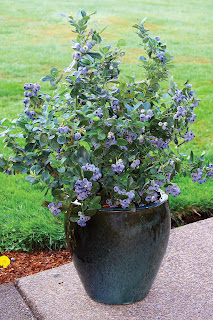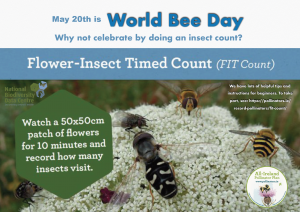Reduce Air miles and our environmental footprint by Growing your own

“When you grow your own food, you savor it more because of the effort and love it took to get to your family table. There is nothing as rewarding as picking your own fruit and vegetables. Also growing your own food has many health benefits It helps you eat more fresh fruits and vegetables. You decide what kinds of fertilizers and pesticides come in contact with your food. It lets you control when to harvest your food. Vegetables that ripen in the garden have more nutrients than some store-bought vegetables that must be picked early. The Blueberry is the Super berry Blueberries So simple to grow and so good to eat. These berries are absolutely delicious whether eaten fresh or cooked. They grow to approximately 1 metre high, or a little lower if grown in containers. The best soil to use grow the plants in is a lime free compost, with some slow release tablets added. Here's a useful tip: it is best to grow two varieties of blueberry to get good

